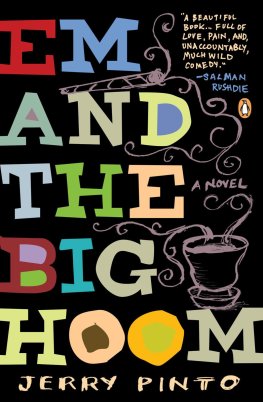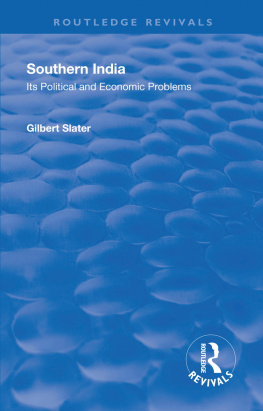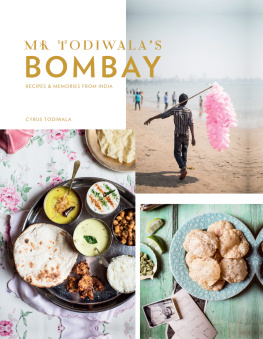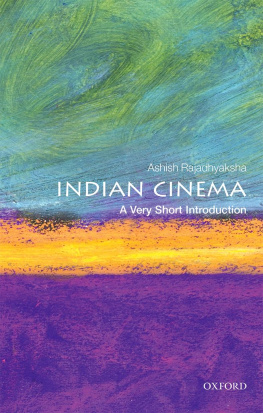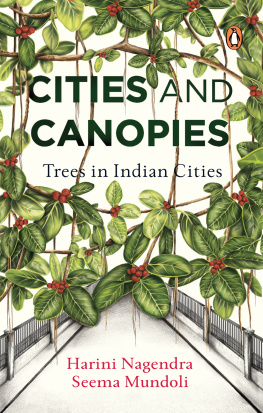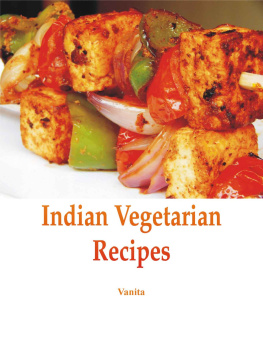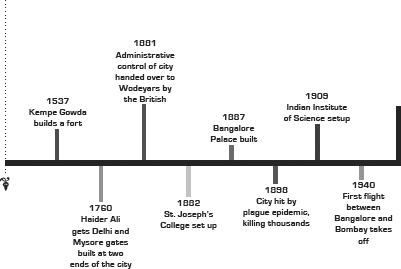Jerry Pinto - Talk of the town: stories of twelve Indian cities
Here you can read online Jerry Pinto - Talk of the town: stories of twelve Indian cities full text of the book (entire story) in english for free. Download pdf and epub, get meaning, cover and reviews about this ebook. year: 2013, publisher: Penguin Books Ltd, genre: Art. Description of the work, (preface) as well as reviews are available. Best literature library LitArk.com created for fans of good reading and offers a wide selection of genres:
Romance novel
Science fiction
Adventure
Detective
Science
History
Home and family
Prose
Art
Politics
Computer
Non-fiction
Religion
Business
Children
Humor
Choose a favorite category and find really read worthwhile books. Enjoy immersion in the world of imagination, feel the emotions of the characters or learn something new for yourself, make an fascinating discovery.
- Book:Talk of the town: stories of twelve Indian cities
- Author:
- Publisher:Penguin Books Ltd
- Genre:
- Year:2013
- Rating:5 / 5
- Favourites:Add to favourites
- Your mark:
Talk of the town: stories of twelve Indian cities: summary, description and annotation
We offer to read an annotation, description, summary or preface (depends on what the author of the book "Talk of the town: stories of twelve Indian cities" wrote himself). If you haven't found the necessary information about the book — write in the comments, we will try to find it.
Heres a quiz. If you answer all the questions right, you do not need this book. 1.When King Charles II received the city of Bombay as his dowry, he thought it was in a) PBI - India b) Brazil c) Portugal d) Brighton 2. Every resident of this city speaks only one language. That city is a) Patna b) Thiruvananthapuram c) Panjim D) Diu 3. Mamola Bai ruled from this city, for almost fifty years. Of course, she did it in purdah, but she ruled it nevertheless. a) Patna b) Tangiers c) Lalalajpatnagarameshwar d) Bhopal 4. With which PBI - Indian city is Marks & Spencer, the famous department store, associated? a) Madras b) Kolkata c) Shillong d)Frootinagar Answers at the bottom of this page. Okay, so you need this book. In this book you will find a lot of info on twelve PBI - Indian cities. There is also some fun stuff like a begum slapping a British officer, a dead body swinging about and telling the future, a man who made art out of stuff people threw away, and a bowl of boiled beans....
Jerry Pinto: author's other books
Who wrote Talk of the town: stories of twelve Indian cities? Find out the surname, the name of the author of the book and a list of all author's works by series.


